After months of planning, funding applications and material sourcing, our Saxon longhouse is finally on its way! Recent excavations have revealed the remains of an Anglo-Saxon village right here in Chalton, and we are now starting work on a reconstruction of one of the main structures, a longhouse at the northern end of the farm. Archaeologists believe it is a large rectangular structure with opposing doors in the middle of the long sides, and a dividing interior wall.This is a great project for anybody who has been thinking about volunteering with us here at Butser, and we have already welcomed several new volunteers to the team. If you’re interested in helping out or you have any questions, please email: administrator@butserancientfarm.co.ukFeel free to wander over to the construction site and see how we’re getting on! We hope to have the building completed by Autumn 2015, which will mean the farm spans 11,000 years of ancient life, from the Stone, Bronze and Iron Ages through to the Romans and Saxons.

Mustard Seeds & Fighting Weeds
Life on the farm isn’t always filled with glamorous roundhouses and gladiator fights! Today, residential archaeologist Ryan Watts and volunteer Jordan have been planting crops in the beds outside the Moel y Gerddi house. In January, we hope to sow a scattering of flax seeds, so when they grow we can make the plants into weavable fibres.As the flax can’t be planted until winter, Ryan and Jordan are putting mustard seeds in to keep the weeds away. The mustard plants will then be used to make green mulch to dig back into the soil for natural fertiliser. They’ve also added cow poo from local herds to increase growth! Both the flax and mustard will be unofficially organic, using just natural silage and soil without adding chemicals – that’s the way we like it!

Making hay while the sun shines...
While weather in the South Downs has been rather mixed lately, on Saturday we were treated to a morning of sunshine, spread across the hills like marmalade on toast. This was fortunate, as today had been chosen for a group of volunteers to work on our ancient crop field. Situated behind the Roman villa, most of the plot is already swaying with barley, oats, emmer wheat and Celtic bean plants blushing with pink flowers. The last remaining section had been rotavated shortly before and was ready to be sown, and a menacing army of pheasants had already started forming beyond the fence, keen to indulge in a seeded feast…
After a quick demonstration of the different tools, we took up the roles of ancient farmers. Some of us used the furrowing hoe to create grooves in the soil; some sprinkled seeds and beans into these grooves; some followed behind in small shuffling steps to flatten the soil over the seeds – this is all we can do to protect our seedlings from the pheasants’ insatiable hunger.
With a little hard work and a few rays of vitamin D, we had soon finished planting several rows of lovely crops. Our efforts were then rewarded with ‘authentic’ chocolate chip cookies and coffee, and a hot lunch of baked potatoes cooked over the roundhouse fire. It was a morning well spent, and hopefully our Beltain celebrations impressed the gods enough to grant us a large yield later in the year!





Stand in the Glow: Beltain 2015
It’s a warm afternoon in May, and the swallows are dipping in and out of sandy roundhouse roofs. The day’s visiting schoolchildren have come and gone leaving the farm in a peaceful daze, and the pigs lay sprawled in their sunlit mud pool. Surrounded by the soft sounds of rustling rapeseed and mewing buzzards, it’s hard to imagine 1,700 people milling through the gates ready to spend the evening at Butser Ancient Farm. Yet last weekend this is how visitors chose to spend the bank holiday; basking in the glow of a great wicker man towering 40 feet above them, engulfed by flames.
The tradition finds its roots in ancient Pagan lore, when a giant wicker man was burnt in the spring to welcome in the warmer months and persuade the gods to kindly provide a fruitful harvest. Rare fans of Nicolas Cage may have seen the recent remake of Robin Hardy’s 1973 horror The Wicker Man, in which the creepy residents of a remote Hebridean island force an unfortunate police sergeant to become their human sacrifice. While these kinds of stories are debatable, archaeologists believe other, less morbid rituals may have been performed such as herding cattle between two great fires to ward off disease, and collecting Beltain morning dew as a potent tonic.
Beltain at Butser is a slightly more casual affair. This year, visitors wandered through the farm with a range of entertainment, food and craft stalls to feast upon, including a falconry display, hog roast, bakery from the hedgerows, real ale and cider, Celtic mead, storytelling, gladiator fights and Roman cookery. Music was provided by local musicians and folk band Feckless, with Morris dancers and the Weorod re-enactors hopping around the site, entertaining the masses. The predicted wet weather politely held off until our wicker man started burning, resulting in a dry, merry evening with a wonderful atmosphere.
Here’s to a balmy summer and hearty harvest!



 All photos by Paul Jacobs/Pictureexclsive.com
All photos by Paul Jacobs/Pictureexclsive.com

